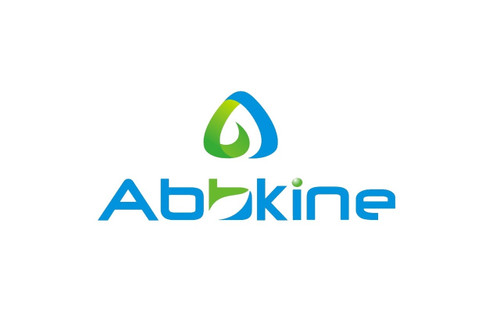Product Description
Mouse Stereocilin (STRC) ELISA Kit | AE15731MO | Abebio
Species Reactivity: Mouse (Mus musculus)
Abbreviation: STRC
Alternative Name: DFNB16; MGC156147;
Application: ELISA
Range: Request Information
Sensitivity: Request Information
Intra-Assay: ≤7.3%
Inter-Assay: ≤7.2%
Recovery: 0, 91
Sample Type: Serum, Plasma, Other biological fluids
Detection Method: Sandwich
Analysis Method : Quantitive
Test Principale: This assay employs a two-site sandwich ELISA to quantitate STRC in samples. An antibody specific for STRC has been pre-coated onto a microplate. Standards and samples are pipetted into the wells and anySTRC present is bound by the immobilized antibody. After removing any unbound substances, a biotin-conjugated antibody specific for STRC is added to the wells. After washing, Streptavidin conjugated Horseradish Peroxidase (HRP) is added to the wells. Following a wash to remove any unbound avidin-enzyme reagent, a substrate solution is added to the wells and color develops in proportion to the amount of STRC bound in the initial step. The color development is stopped and the intensity of the color is measured.
Product Overview: Stereocilin is a protein that is associated with the hair bundle of the sensory hair cells in the inner ear. The hair bundle is composed of stiff microvilli called stereocilia and is involved with mechanoreception of sound waves. This gene is part of a tandem duplication on chromosome 15; the second copy is a pseudogene. Mutations in this gene cause autosomal recessive non-syndromic deafness. Defects in STRC are a cause of non-syndromic sensorineural deafness autosomal recessive type 16 (DFNB16) . DFNB16 is a form of sensorineural hearing loss. Sensorineural deafness results from damage to the neural receptors of the inner ear, the nerve pathways to the brain, or the area of the brain that receives sound information.
Stability: The stability of ELISA kit is determined by the loss rate of activity. The loss rate of this kit is less than 5% within the expiration date under appropriate storage condition. The loss rate was determined by accelerated thermal degradation test. Keep the kit at 37°C for 4 and 7 days, and compare O.D.values of the kit kept at 37°C with that of at recommended temperature. (referring from China Biological Products Standard, which was calculated by the Arrhenius equation. For ELISA kit, 4 days storage at 37°C can be considered as 6 months at 2 - 8°C, which means 7 days at 37°C equaling 12 months at 2 - 8°C) .
 Euro
Euro
 USD
USD
 British Pound
British Pound
 NULL
NULL








